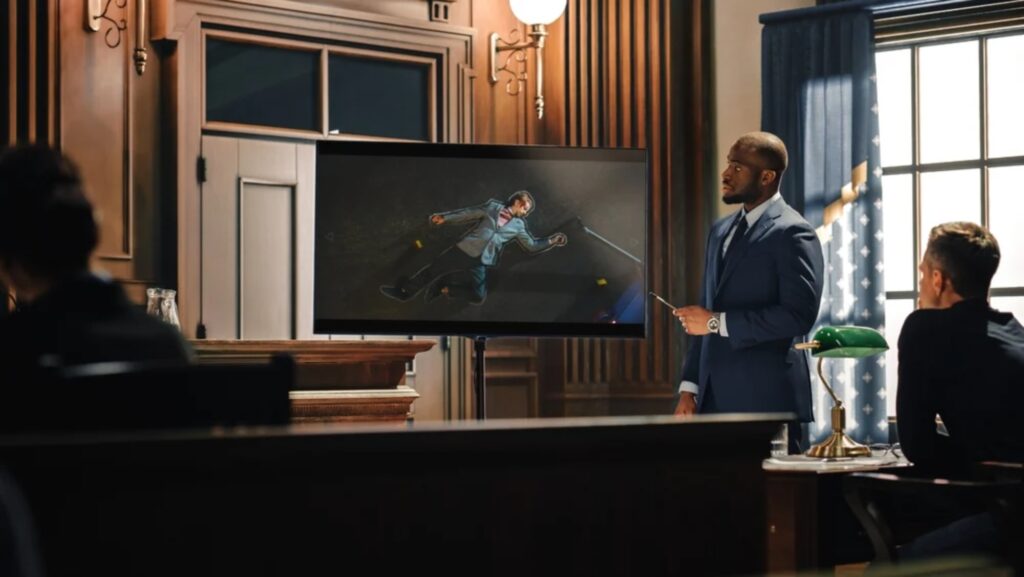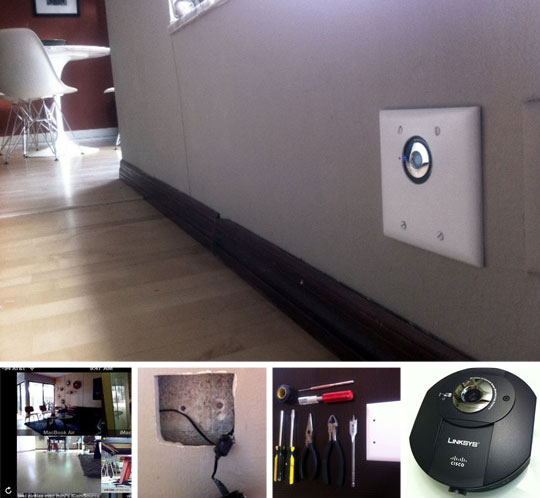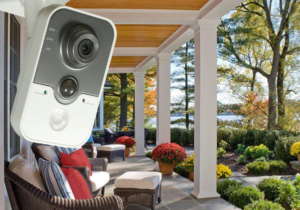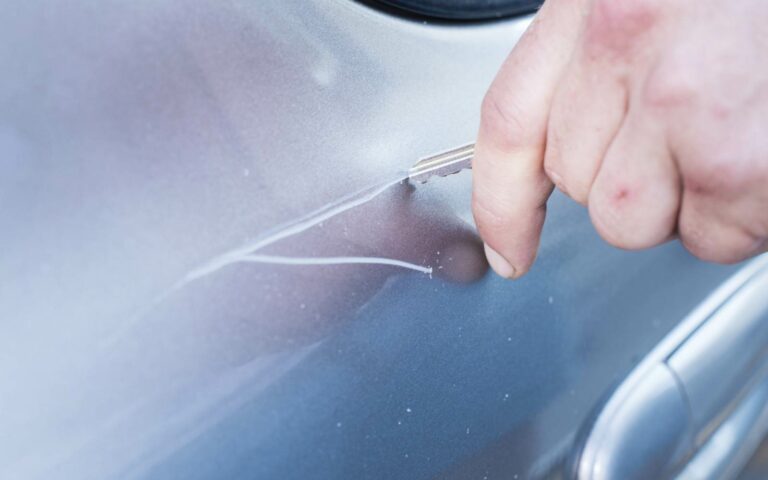Security video is normally seen as irrefutable evidence that can establish when, who, what, and where, but sometimes the video does not establish empirical evidence. At other times, it can even exonerate the very person who committed the crime in the video.
The following shows three possible ways your security video can be thrown out of court and how to prevent it from happening.

Time Stamp Error
According to the FBI training video, Caught On Camera, more than half of all security camera systems have the wrong time stamped on their surveillance video by at least an hour because of daylight savings time or input error. This means that the recorded surveillance video that is brought into evidence immediately after an incident will be out of sync time-wise with the chain of events.
I’ve even seen videos with several hours of difference from the actual time or even the wrong date by a few days. If someone is caught walking into a doorway at a certain time on a video that’s several hours different from when the crime was committed, that perpetrator may be able to use that security video for his own defense instead of you or your lawyer using it as evidence.
The Courtroom Blues
Some of the more affordable security camera brands found in big box and electronic stores use low-cost imaging chips that have a hard time distinguishing the colors red and yellow during daytime recording. A 1/4 CCD image chip camera will supplement these colors with different hues of blue and green. If the camera system also shows a picture that is not sharp enough to make out the face of a perpetrator, then the color of their clothes would be needed to establish if the person in the video is the same person accused of the crime. Multiple people on the screen make it even harder to identify someone since their clothing will take on the same color hue as others in the video even if they’re wearing different color clothes.

Best Evidence Rule
Defense lawyers rarely use this maneuver, but it has been used to throw out surveillance video in certain cases. A smart defense lawyer will look to see if the recorded video that was brought in as evidence has a time stamp on it. That is the rolling time seen in the corner of the security video, showing the ongoing time and date in real-time. Without a time stamp, the video could have been recorded at another time, which, in theory, can exonerate an individual based on the established timeline. In this case, a defense lawyer will further ask to receive as close to the original copy as possible of the security video available for review because the copied video can be manipulated, especially if the video does not show a time stamp.
Original video from the hard drive or direct thumb drive copy is sometimes called raw video. In reality, raw video can be immaterial when there is a time stamp on the video footage because it’s hard to manipulate the video image by cutting and pasting different timelines together without messing with the timeline of the video’s time stamp.
The best defense against getting security camera video thrown out as insufficient evidence is to make sure your security camera system always has the time stamp displayed correctly while recording. You also want to make sure your system corrects itself for daylight savings time twice a year, and you should check to see if you have the ability to update the time on your system remotely from your smartphone, tablet, or computer. Finally, make sure your surveillance cameras show high-definition video and color to make sure there is no excuse why your video can’t stand on its own as evidence in court.
Use a Smart Security Camera System with a self-correcting time stamp, 4K options, 90 color corrections per second, and multiple zoom-in features from any mobile phone or tablet while viewing the security cameras live or during playback.










